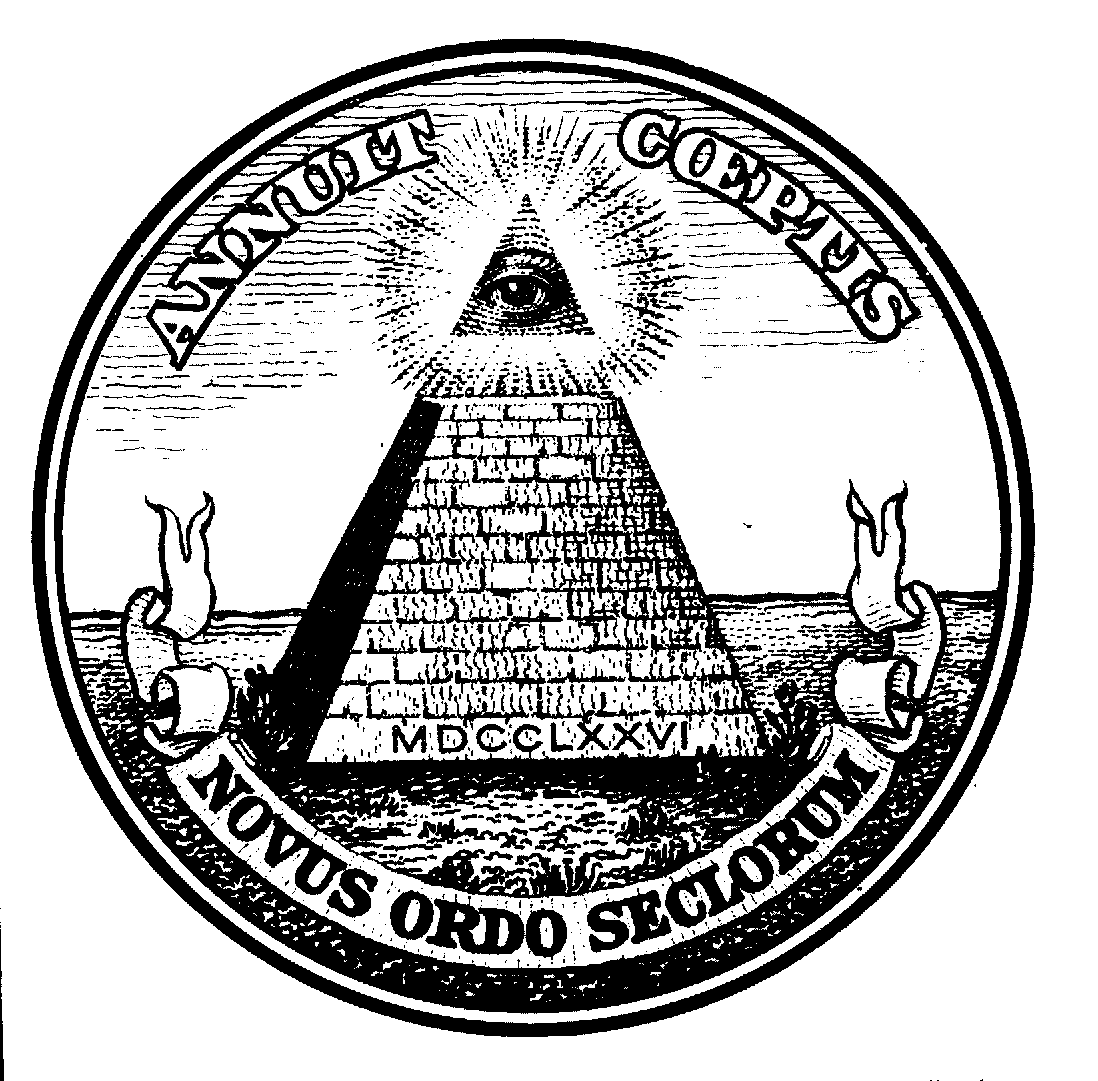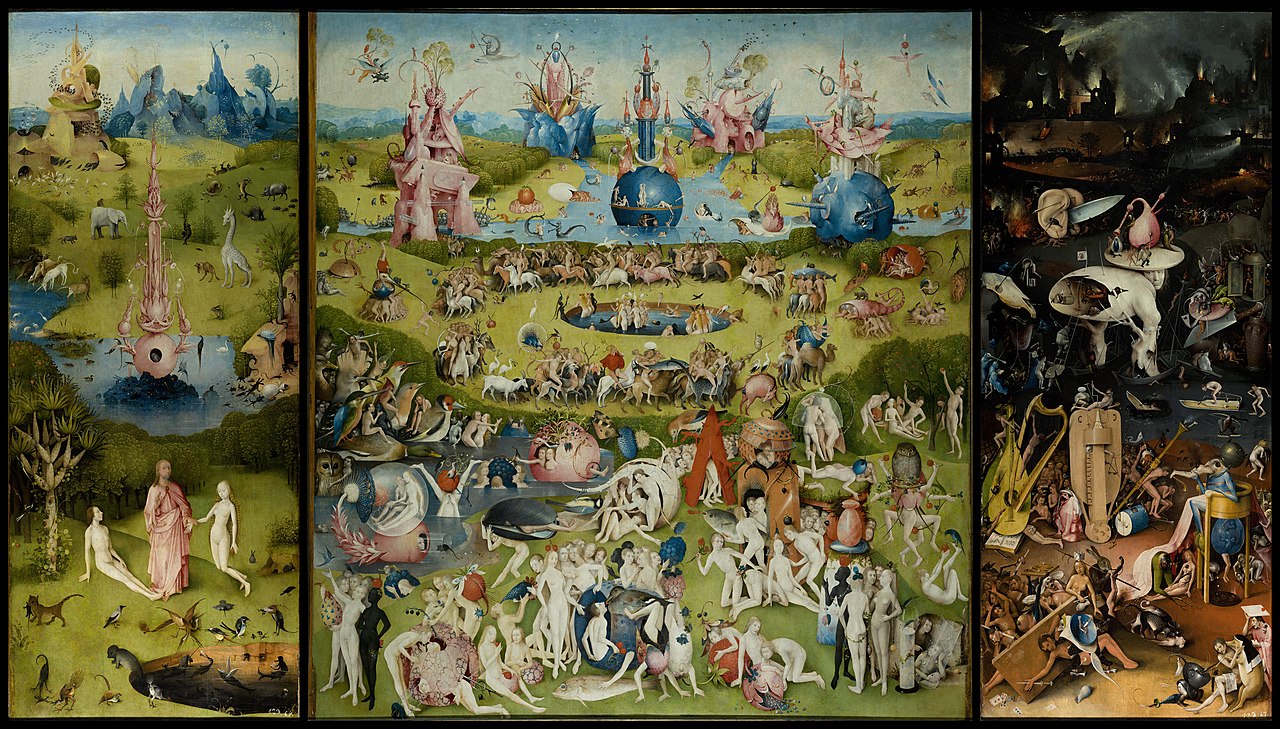As both proponents and opponents know, the Catholic Church is home to some of the world's greatest pieces of art. It's one of the things the Church is known for. Of course, some of it is better than others.

The Seven Acts of Mercy, Caravaggio

The Church is also known for mercy. No matter what the sin forgiveness is available. No matter how sinful the life salvation is possible. The Sacrament of Confession isn't available anywhere else.

The Return Of The Prodigal. Rembrandt.
To start the Church's new year at the first Sunday of Advent, Pope Francis declared this jubilee year will be dedicated to mercy. There are special indulgences available, all confessions at SSPX chapels are valid, those who excommunicated themselves due to abortion can make a full restitution in any confessional (something some dioceses offer as standard anyway). There will be several dates where specific groups will celebrate their own jubilee.
If all this pomp and circumstance surrounding mercy helps bring back those fallen away from the Church, inspires conversions, or motivates the faithful to live their lives in a more Christ-like manner then great. It also has the potential to mirror the recent synod on the family and be much ado about nothing
Marko Rupnik, S.J. is an artist living in Rome. His mosaics can be found in Lourdes and Fatima. His style is sacred iconography so when it was decided an official logo would be appropriate eyes turned toward him.
Art is subjective to a degree. Some people may not be thrilled with the ceiling of the Sistine Chapel, but I doubt anyone has ever thought it to be ugly.
The piece below is clearly one of Jesus carrying a sinner (one of us). Perhaps the woman is trying to free the man or be included His loving grasp. I wouldn't pay money for this piece but Rupnik doesn't need my support anyway. Someone in the Vatican thought this piece worthy to become the official logo for the Year Of Mercy.
So then how the Hell did we end up with this?
While it's doubtful anyone has looked at the Sistine Chapel ceiling and thought it ugly, I doubt I'm the only one who finds this logo hideous.
It's becoming typical of the Francis papacy that the best intentions go astray somehow. How can something as loving as mercy get distorted by this logo?
Then there's the matter of the third eye:
The explanation is Jesus is becoming one with us. Jesus sees with the eyes of Adam; Adam with the eyes of Christ. Whether or not this notion is heresy, one thing it definitely is - stupid.
Plus, the third eye concept leads one to speculate if something sinister isn't the true intention.
Shiva's Third Eye

The Third Eye, or the inner eye, is an esoteric representation of the pineal gland. Its use as a powerful symbol stretches back to ancient civilizations such as the Egyptians and Hindus. The ancient Egyptians, for example, represented the symbol of the third eye with the eye of Horus. This symbol represented protection, royal power, and extraordinary health. Today, we can see this symbol in pop videos, the Time Warner Cable logo, and even on the back of American currency. Its connection with ancient Egyptian culture symbolizes a secret understanding that most average individuals simply do not possess.

Eye Of Providence

Garden Of Earthly Delights. Bosch
Getting back to the concept of mercy, it doesn't exist without sin.
PART THREE
LIFE IN CHRIST
LIFE IN CHRIST
SECTION ONE
MAN'S VOCATION LIFE IN THE SPIRIT
MAN'S VOCATION LIFE IN THE SPIRIT
CHAPTER ONE
THE DIGNITY OF THE HUMAN PERSON
THE DIGNITY OF THE HUMAN PERSON
ARTICLE 8
SIN
SIN
1846 The Gospel is the revelation in Jesus Christ of God's mercy to sinners.113 The angel announced to Joseph: "You shall call his name Jesus, for he will save his people from their sins."114 The same is true of the Eucharist, the sacrament of redemption: "This is my blood of the covenant, which is poured out for many for the forgiveness of sins."115
1847 "God created us without us: but he did not will to save us without us."116 To receive his mercy, we must admit our faults. "If we say we have no sin, we deceive ourselves, and the truth is not in us. If we confess our sins, he is faithful and just, and will forgive our sins and cleanse us from all unrighteousness."117
1848 As St. Paul affirms, "Where sin increased, grace abounded all the more."118 But to do its work grace must uncover sin so as to convert our hearts and bestow on us "righteousness to eternal life through Jesus Christ our Lord."119 Like a physician who probes the wound before treating it, God, by his Word and by his Spirit, casts a living light on sin:
- Conversion requires convincing of sin; it includes the interior judgment of conscience, and this, being a proof of the action of the Spirit of truth in man's inmost being, becomes at the same time the start of a new grant of grace and love: "Receive the Holy Spirit." Thus in this "convincing concerning sin" we discover a double gift: the gift of the truth of conscience and the gift of the certainty of redemption. The Spirit of truth is the Consoler.120
1849 Sin is an offense against reason, truth, and right conscience; it is failure in genuine love for God and neighbor caused by a perverse attachment to certain goods. It wounds the nature of man and injures human solidarity. It has been defined as "an utterance, a deed, or a desire contrary to the eternal law."121
1850 Sin is an offense against God: "Against you, you alone, have I sinned, and done that which is evil in your sight."122 Sin sets itself against God's love for us and turns our hearts away from it. Like the first sin, it is disobedience, a revolt against God through the will to become "like gods,"123 knowing and determining good and evil. Sin is thus "love of oneself even to contempt of God."124 In this proud self- exaltation, sin is diametrically opposed to the obedience of Jesus, which achieves our salvation.125
1851 It is precisely in the Passion, when the mercy of Christ is about to vanquish it, that sin most clearly manifests its violence and its many forms: unbelief, murderous hatred, shunning and mockery by the leaders and the people, Pilate's cowardice and the cruelty of the soldiers, Judas' betrayal - so bitter to Jesus, Peter's denial and the disciples' flight. However, at the very hour of darkness, the hour of the prince of this world,126 the sacrifice of Christ secretly becomes the source from which the forgiveness of our sins will pour forth inexhaustibly.

My advice to those frustrated or confused by Pope Francis is to pay less attention to him and more on your interior life. Catholics in this century have all the resources necessary to work on our salvation without leadership from the Vatican or bishop's mansion. If you don't like the official logo then find another to assist your prayer life. If you don't like the official catechism then use another.
"Patristic tradtion further associates counsel with the Beatitude: "Happy the merciful: They shall have mercy shown to them." (Mt 5:7). The reason is that among the virtues that counselors need, none stands higher than mercy, which knows how to be compassionate and forbearing under provocation, and communicates this spirit to those who come for advice. "The only remedy for great evils, the only way of plucking them out is to forgive and to give." When persons come for help, no matter what their problems may be, two things they always need and that the counselor should offer by word and example are forgiveness of injuries (real or imagined) and great generosity, both covered by the concept of mercy." John Hardon, S.J. 'The Catholic Catechism'

Pastors, the best way to make the Year Of Mercy a success is to make the Sacrament of Confession more available. Saturday afternoon is not a convenient time, and we live in an age of convenience. If people return to the confessional they will return to weekly Mass. Weekly Mass attendees are more likely to be living as our Father wants and that improves the chances of salvation. Simple stuff.
Suggestions:
1. Offer Confession prior to all Masses
2. Designate one week night for Adoration & Confession
3. Pray the Divine Mercy chaplet before or after Mass
4. Use your homily to teach and guide
5. Minimize use of the official Year Of Mercy logo

We can't avoid Hell without Christ's mercy. We won't receive His mercy if we don't ask for it. We won't know to ask for it if we don't know what sin is. "Merciful like the Father" is directed to priests whom we laity need to support.




No comments:
Post a Comment